Your cart is currently empty!
Tag: Coming
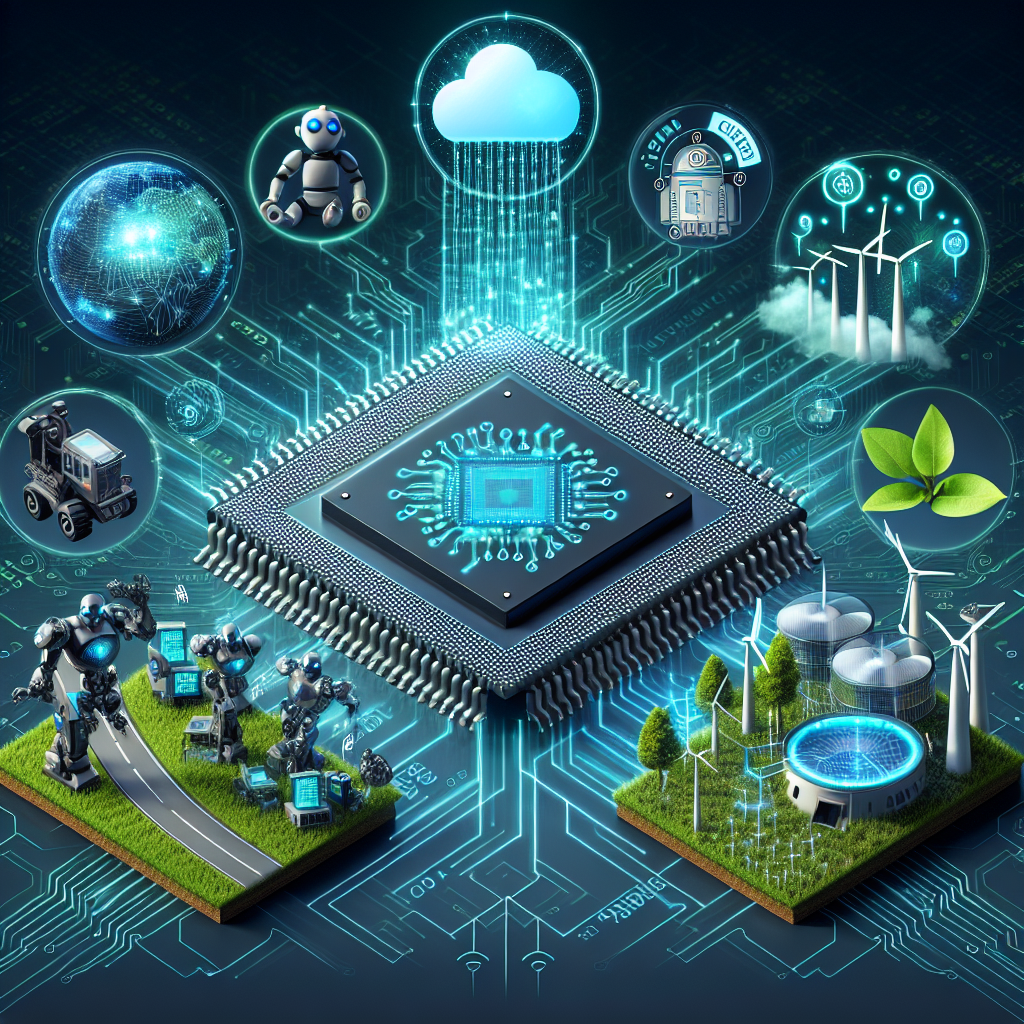
Semiconductor Industry Trends: What to Expect in the Coming Years
The semiconductor industry is a crucial sector of the global economy, providing the backbone for a wide range of technologies that power our modern world. From smartphones to self-driving cars, semiconductors are at the heart of many of the devices and systems that we rely on every day. As technology continues to advance at a rapid pace, the semiconductor industry is constantly evolving to meet the demands of an increasingly interconnected world. Here are some key trends to watch for in the coming years:1. Artificial Intelligence (AI) and Machine Learning: AI and machine learning are driving significant innovation in the semiconductor industry. As more devices become connected and intelligent, the demand for powerful, energy-efficient chips that can support AI applications is growing. Companies are investing heavily in developing new semiconductor technologies that can handle the complex algorithms required for AI and machine learning.
2. Internet of Things (IoT): The IoT is a rapidly expanding network of interconnected devices that are capable of collecting and exchanging data. As more devices become connected, the demand for low-power, high-performance chips that can support IoT applications is increasing. Semiconductor companies are developing new technologies, such as low-power sensors and processors, to meet the demands of the IoT market.
3. 5G Technology: The rollout of 5G technology is expected to revolutionize the way we connect and communicate. 5G networks will require a significant increase in the number of base stations and antennas, driving demand for high-performance semiconductor chips. Companies are investing in developing new technologies, such as RF front-end modules and mmWave chips, to support the deployment of 5G networks.
4. Quantum Computing: Quantum computing is a cutting-edge technology that has the potential to revolutionize the way we process information. Quantum computers require specialized semiconductor chips that can manipulate qubits, the basic units of quantum information. Companies are investing in research and development to create new semiconductor technologies that can support the development of quantum computers.
5. Sustainability: As the semiconductor industry continues to grow, there is a growing focus on sustainability and environmental responsibility. Companies are investing in developing energy-efficient chips and manufacturing processes to reduce their carbon footprint. Additionally, there is a push towards recycling and reusing semiconductor materials to minimize waste and reduce the industry’s impact on the environment.
Overall, the semiconductor industry is poised for continued growth and innovation in the coming years. As technology continues to advance, semiconductor companies will need to adapt and evolve to meet the demands of a rapidly changing market. By staying ahead of key trends and investing in new technologies, the semiconductor industry is well-positioned to drive progress and shape the future of technology.

Future Trends in Data Center Vendor Management: What to Expect in the Coming Years
As technology continues to evolve at a rapid pace, the role of data centers in the digital landscape has become increasingly vital. Data centers are the backbone of modern businesses, housing and managing vast amounts of data critical to operations. As such, the management of data center vendors plays a crucial role in ensuring the efficiency and effectiveness of these facilities.In the coming years, we can expect to see several key trends emerge in data center vendor management that will shape the way organizations approach their data center operations. These trends are driven by advancements in technology, changing business needs, and the evolving landscape of data center services. Here are some of the key trends to watch out for in the future of data center vendor management:
1. Increased focus on security and compliance: With the rise of cyber threats and data breaches, security and compliance have become top priorities for organizations. Data center vendors will need to invest in robust security measures and ensure compliance with regulations to protect sensitive data and maintain trust with their clients.
2. Adoption of automation and artificial intelligence: Automation and AI technologies are transforming data center operations, enabling vendors to streamline processes, increase efficiency, and reduce human error. Data center vendors will increasingly leverage these technologies to optimize performance and deliver better services to their clients.
3. Shift towards hybrid and multi-cloud environments: Many organizations are adopting hybrid and multi-cloud strategies to leverage the benefits of both on-premises and cloud-based infrastructure. Data center vendors will need to support these environments, offering seamless connectivity and integration across different platforms to meet the diverse needs of their clients.
4. Focus on sustainability and energy efficiency: As concerns about environmental impact grow, data center vendors are under pressure to reduce their carbon footprint and improve energy efficiency. Vendors will need to invest in green technologies, such as renewable energy sources and energy-efficient cooling systems, to minimize their environmental impact.
5. Enhanced customer experience and service delivery: In a competitive market, customer experience is key to retaining clients and attracting new business. Data center vendors will need to focus on delivering excellent customer service, offering personalized solutions, and ensuring a seamless experience for their clients.
Overall, the future of data center vendor management is shaping up to be dynamic and exciting, with a focus on security, automation, hybrid environments, sustainability, and customer experience. Organizations that stay ahead of these trends and partner with innovative data center vendors will be well-positioned to thrive in the digital age.
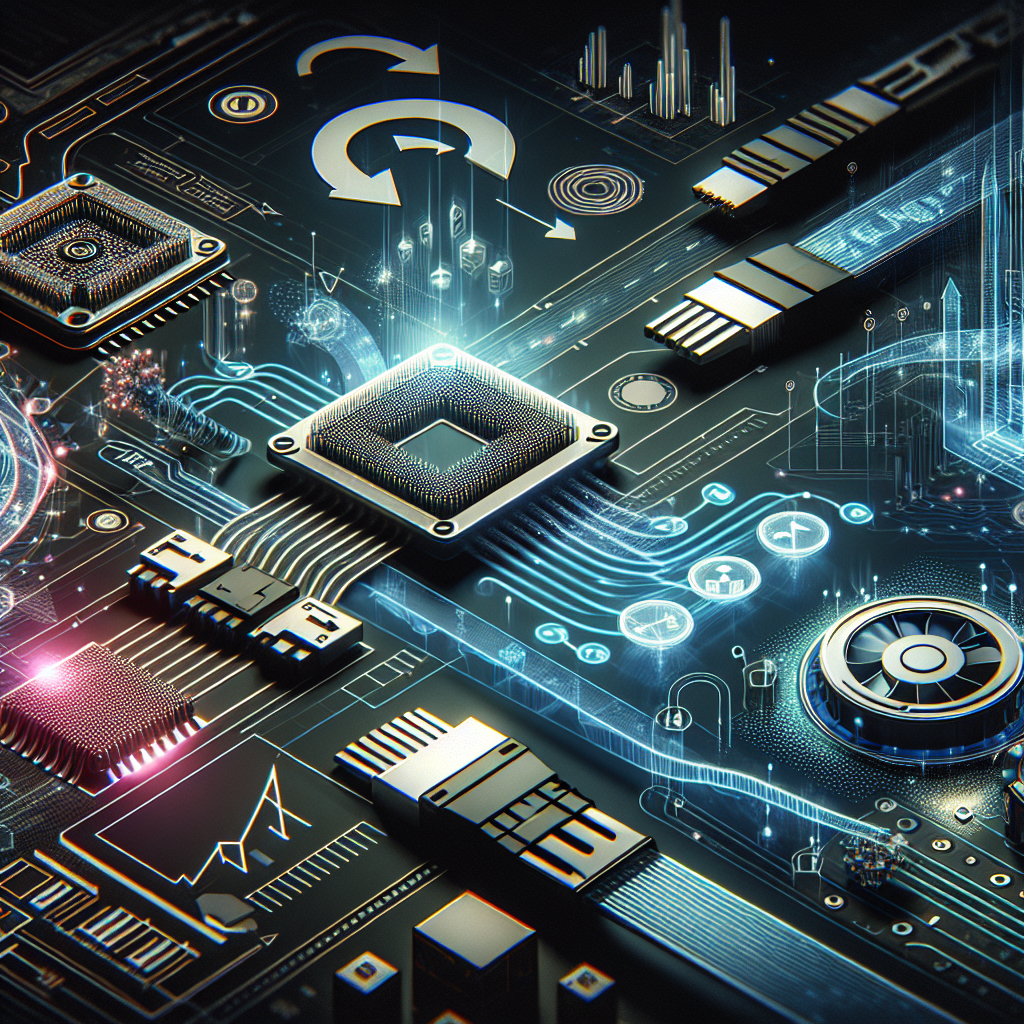
The Future of SATA: What to Expect in the Coming Years
SATA, or Serial Advanced Technology Attachment, has been a staple in the world of data storage for many years. It has been the go-to connection interface for hard drives, solid-state drives, and other storage devices in personal computers, laptops, and servers. However, with advancements in technology and the increasing demand for faster and more efficient storage solutions, the future of SATA is uncertain.So, what can we expect in the coming years for SATA technology?
One of the major trends that we can expect to see in the future of SATA is the transition to faster data transfer speeds. Currently, SATA III, which was introduced in 2009, offers a maximum data transfer rate of 6 Gbps. However, with the increasing demand for faster storage solutions, SATA IV is already in development and is expected to offer data transfer speeds of up to 12 Gbps or even higher. This will allow for quicker access to data and improved overall performance for users.
Another trend that is likely to shape the future of SATA is the integration of newer technologies such as NVMe (Non-Volatile Memory Express). NVMe is a protocol specifically designed for solid-state drives that allows for faster data transfer speeds and lower latency. By integrating NVMe technology into SATA drives, manufacturers can offer faster and more efficient storage solutions that meet the demands of modern computing.
In addition to speed improvements, the future of SATA may also see advancements in terms of storage capacity. With the increasing amount of data being generated and stored by individuals and businesses, there is a growing need for larger storage capacities. Future SATA drives may offer higher capacities, allowing users to store more data without compromising on performance.
Furthermore, we can expect to see improvements in power efficiency and reliability in future SATA drives. As energy efficiency becomes a key focus in the tech industry, manufacturers are looking to develop storage solutions that consume less power while maintaining high performance levels. Additionally, advancements in reliability technologies such as error correction and wear-leveling algorithms will ensure that SATA drives are more reliable and durable than ever before.
Overall, the future of SATA looks promising with advancements in data transfer speeds, storage capacities, power efficiency, and reliability. As technology continues to evolve, SATA drives will continue to play a vital role in the world of data storage and computing. Users can expect faster, more efficient, and more reliable storage solutions in the coming years, making SATA a reliable and versatile option for a wide range of applications.

The Coming Wave: Technology, Power, and the Twenty-First Century’s Greatest Dilemma
Price: $0.99
(as of Nov 22,2024 11:45:27 UTC – Details)Customers say
Customers find the book has valuable information, brilliant analysis, and an excellent discussion of generative AI. They describe it as compelling and important to read. Readers appreciate the historical context, saying it adds depth to the unfolding story. Opinions are mixed on the writing style, with some finding it well-written and clear, while others say it’s too wordy and rambling.
AI-generated from the text of customer reviews
In the rapidly advancing landscape of technology, power dynamics are shifting and the world is facing its greatest dilemma yet. The coming wave of technological advancements is ushering in a new era where the lines between reality and virtuality, privacy and surveillance, and human and machine are becoming increasingly blurred.As we enter the twenty-first century, we are at a critical juncture where the decisions we make now will have far-reaching consequences on society, politics, and the economy. The power that technology wields is immense, and with great power comes great responsibility.
From artificial intelligence and automation to biotechnology and quantum computing, the possibilities and implications of these technologies are vast and complex. While they have the potential to revolutionize industries, improve our quality of life, and solve some of the world’s most pressing challenges, they also raise serious ethical, social, and political questions.
How do we ensure that these technologies are developed and used in a way that benefits all of humanity, rather than just a select few? How do we protect our privacy and security in an increasingly interconnected world? How do we address the growing digital divide and ensure that everyone has access to the benefits of technology?
These are just some of the questions that we must grapple with as we navigate the coming wave of technological advancements. The choices we make now will shape the future of our society and the world at large. It is imperative that we approach these challenges with foresight, wisdom, and a deep sense of responsibility.
The twenty-first century’s greatest dilemma is upon us, but with careful consideration and thoughtful action, we can harness the power of technology for the greater good and create a more equitable and sustainable future for all.
#Coming #Wave #Technology #Power #TwentyFirst #Centurys #Greatest #Dilemma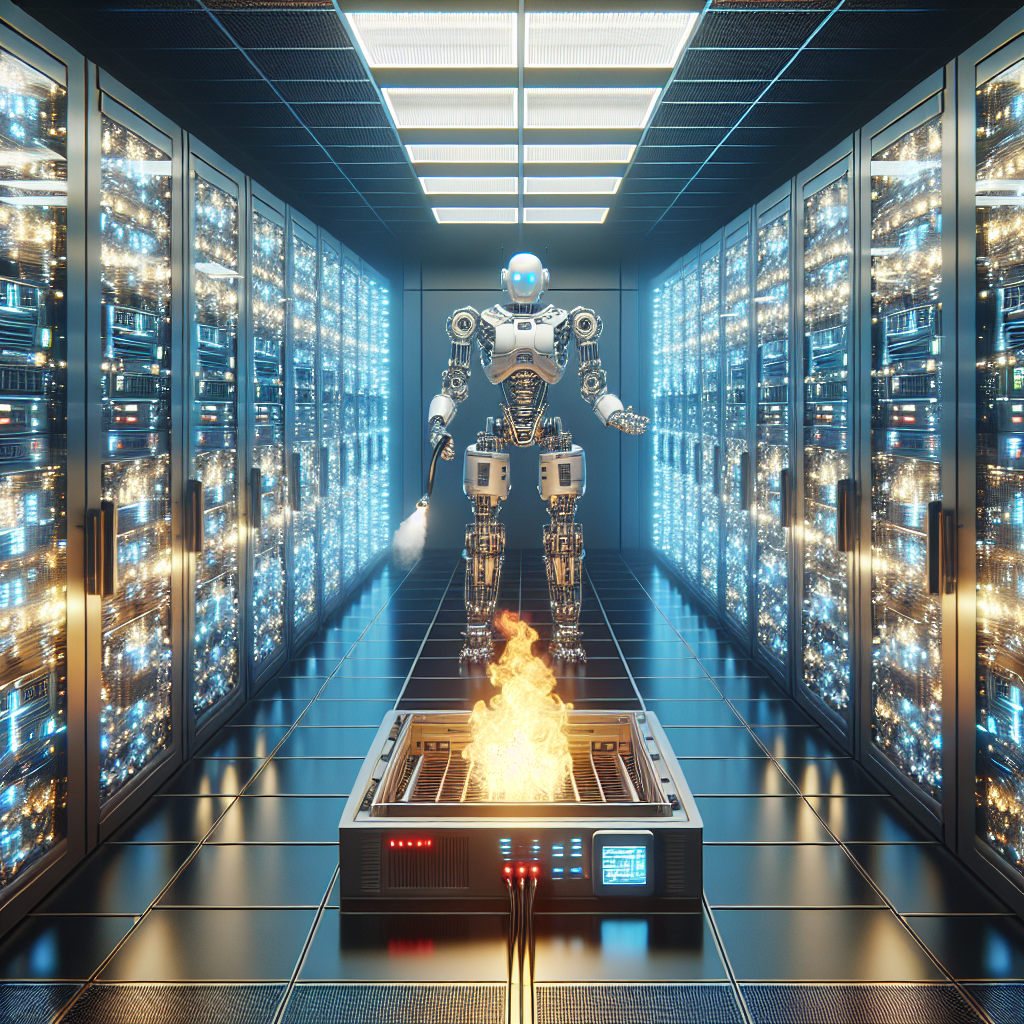
Future Trends in Data Center Fire Suppression: What to Expect in the Coming Years
As data centers continue to grow in size and complexity, the need for effective fire suppression systems becomes more critical. In the coming years, we can expect to see several trends in data center fire suppression technology that will enhance safety and protect valuable equipment.One of the key trends in data center fire suppression is the increasing use of advanced detection systems. Traditional fire detection systems rely on smoke detectors, heat sensors, and manual alarms to alert personnel to a potential fire. However, these systems can be prone to false alarms and may not provide early enough warning in a large data center environment.
In the future, we can expect to see more data centers adopting advanced detection technologies such as video analytics and intelligent sensors. These systems can detect changes in temperature, smoke, and even the presence of flames more accurately and quickly than traditional methods. This early detection capability can help data center operators respond to fires faster and minimize damage to equipment.
Another trend in data center fire suppression is the use of more environmentally friendly suppression agents. Traditional fire suppression systems often rely on halon or other chemical agents that can be harmful to the environment and pose health risks to personnel. In the coming years, we can expect to see more data centers transitioning to clean agents such as inert gases or water mist systems that are safer for both people and the environment.
Additionally, we can expect to see data centers adopting more integrated fire suppression systems that can communicate with other building systems. For example, fire suppression systems may be connected to the building’s HVAC system to shut off air circulation in the event of a fire, preventing the spread of smoke and flames. These integrated systems can help data center operators respond more effectively to fires and protect both equipment and personnel.
Overall, the future of data center fire suppression is likely to be characterized by more advanced detection technologies, environmentally friendly suppression agents, and integrated systems that can communicate with other building systems. By staying ahead of these trends and investing in the latest fire suppression technology, data center operators can ensure the safety and security of their facilities for years to come.
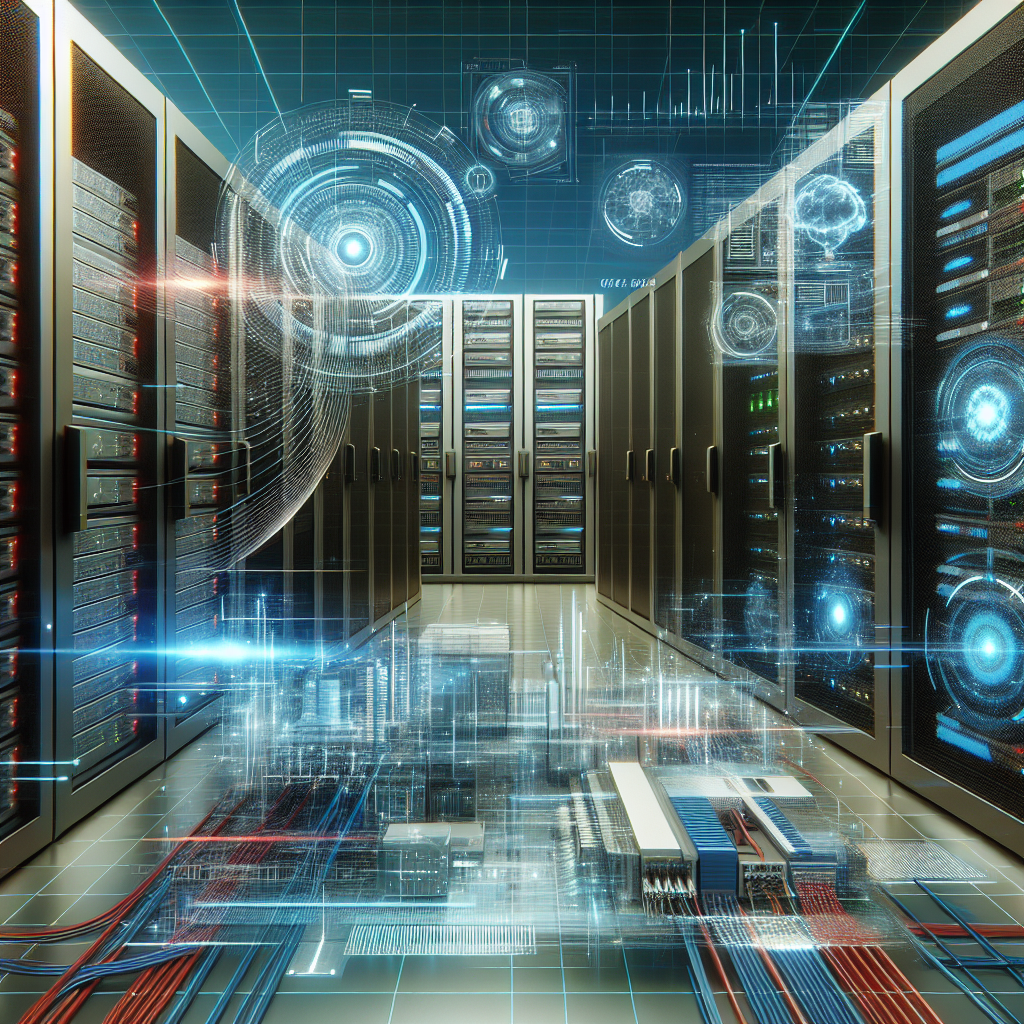
Future Trends in Data Center UPS Technology: What to Expect in the Coming Years
As technology continues to advance at a rapid pace, data center UPS (uninterruptible power supply) technology is also evolving to meet the growing demands of businesses and consumers. In the coming years, we can expect to see several key trends shaping the future of UPS technology in data centers.One of the most significant trends in UPS technology is the move towards more efficient and eco-friendly solutions. With energy costs on the rise and a growing focus on sustainability, data center operators are looking for UPS systems that can deliver reliable power while minimizing their environmental impact. This has led to the development of more energy-efficient UPS systems that use advanced technologies such as lithium-ion batteries and modular designs to reduce power consumption and improve overall efficiency.
Another important trend in UPS technology is the increasing adoption of cloud-based monitoring and management solutions. With the rise of cloud computing and remote work, data center operators are looking for ways to monitor and manage their UPS systems from anywhere in the world. Cloud-based UPS monitoring solutions offer real-time visibility into the performance of UPS systems, allowing operators to quickly identify and address any issues that may arise.
In addition to efficiency and remote management, data center UPS technology is also evolving to meet the growing demands for scalability and flexibility. As businesses continue to expand and evolve, they require UPS systems that can easily scale to meet their changing power needs. This has led to the development of modular UPS solutions that can be easily expanded or upgraded as needed, ensuring that data centers can adapt to changing requirements without having to invest in entirely new systems.
Lastly, the future of UPS technology in data centers is likely to be shaped by advancements in artificial intelligence and predictive analytics. By leveraging AI and machine learning algorithms, UPS systems can analyze data in real-time to identify potential issues before they occur, allowing operators to proactively address problems and prevent downtime. This predictive approach can help data center operators maximize uptime and minimize the risk of costly outages.
In conclusion, the future of UPS technology in data centers is bright, with a focus on efficiency, scalability, and advanced monitoring and management capabilities. As businesses continue to rely on data centers for their critical operations, UPS technology will play a crucial role in ensuring reliable power supply and minimizing the risk of downtime. By staying ahead of these emerging trends, data center operators can ensure that their facilities are equipped to meet the evolving needs of the digital age.

The Future of Data Center Training: What to Expect in the Coming Years
As technology continues to advance at a rapid pace, the demand for skilled data center professionals is only expected to grow. With the rise of cloud computing, big data, and the Internet of Things, data centers are becoming increasingly complex and critical to the operations of businesses around the world. In order to keep up with these changes, data center training programs are evolving to meet the needs of the industry.One of the key trends in data center training is the shift towards more hands-on, practical experience. While traditional classroom-based training is still valuable, many employers are looking for candidates who have real-world experience working with the latest technologies and systems. This has led to an increase in the number of data center training programs that offer hands-on labs, simulations, and internships to give students the opportunity to apply their knowledge in a real-world setting.
Another trend in data center training is the emphasis on specialized skills and certifications. As data centers become more complex, employers are looking for candidates who have expertise in specific areas such as virtualization, networking, security, and storage. To meet this demand, many training programs now offer specialized courses and certifications that focus on these areas, allowing students to develop the skills that are most in demand by employers.
In addition to technical skills, data center training programs are also placing a greater emphasis on soft skills such as communication, problem-solving, and teamwork. As data centers become more integrated with other departments within an organization, it is important for data center professionals to be able to effectively communicate and collaborate with colleagues from different backgrounds. Training programs are now incorporating these skills into their curriculum to ensure that graduates are well-rounded professionals who can excel in a team environment.
Looking ahead, the future of data center training is likely to be shaped by advancements in technology such as artificial intelligence, machine learning, and automation. As these technologies become more prevalent in data center operations, training programs will need to adapt to ensure that students are equipped with the skills they need to work with these tools effectively. This may involve incorporating courses on AI and automation into the curriculum, or providing opportunities for students to gain hands-on experience with these technologies.
Overall, the future of data center training looks bright, with a focus on practical, hands-on experience, specialized skills and certifications, and soft skills development. By staying ahead of the curve and adapting to the changing needs of the industry, data center training programs can continue to produce skilled professionals who are ready to tackle the challenges of tomorrow’s data centers.
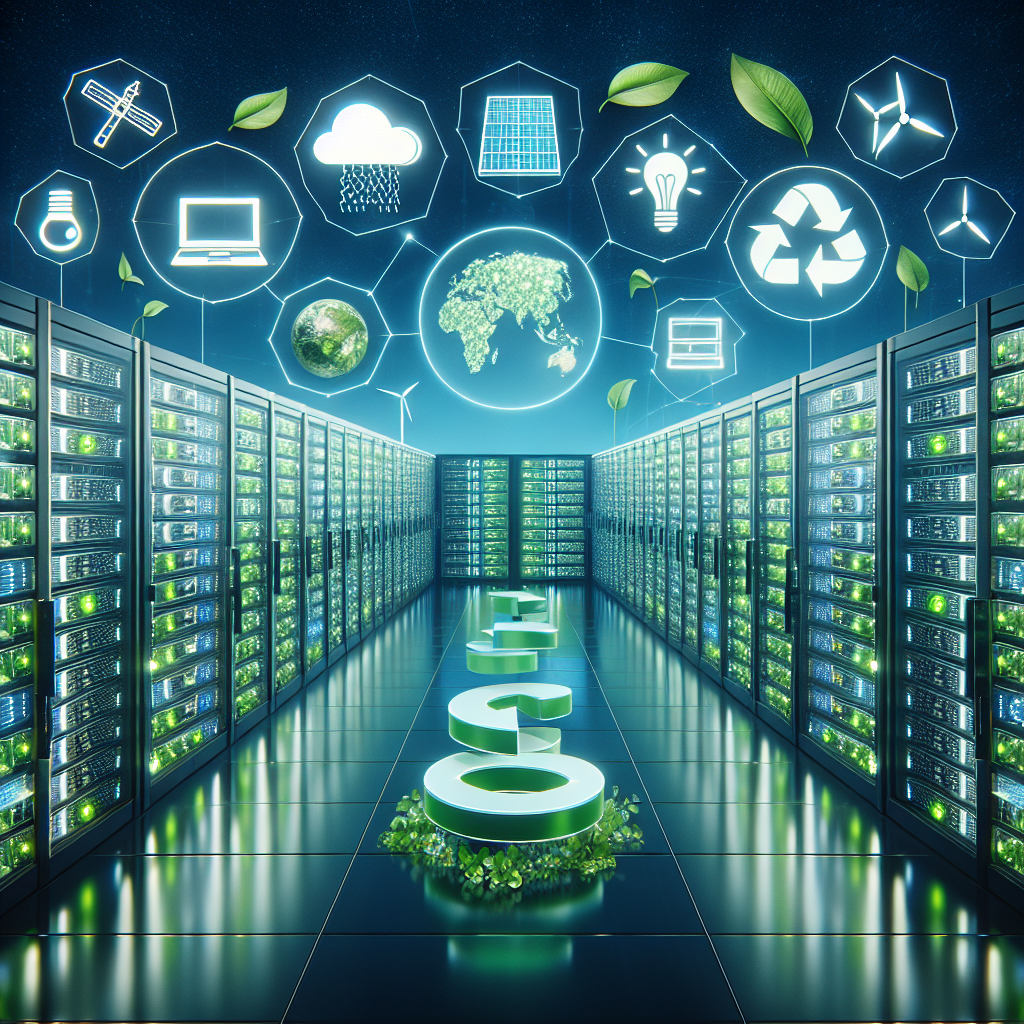
Future Trends in Data Center Energy Efficiency: What to Expect in the Coming Years
Data centers play a crucial role in our digital world, housing and processing vast amounts of data that power everything from social media to cloud computing. However, as data centers continue to grow in size and scope, so too does their energy consumption. In fact, data centers are responsible for a significant portion of global electricity usage, making energy efficiency a top priority for both environmental and economic reasons.In recent years, there has been a concerted effort to improve the energy efficiency of data centers, with companies investing in new technologies and strategies to reduce their carbon footprint. But what does the future hold for data center energy efficiency? Here are some trends to watch out for in the coming years.
Renewable Energy Integration
One of the most significant trends in data center energy efficiency is the increasing use of renewable energy sources. Many data centers are now powered by solar, wind, or hydropower, reducing their reliance on fossil fuels and lowering their carbon emissions. As renewable energy technologies continue to improve and become more affordable, we can expect to see even more data centers making the switch to clean energy in the coming years.
Liquid Cooling Systems
Traditional air-cooling systems in data centers can be energy-intensive, requiring large amounts of electricity to keep servers at optimal temperatures. Liquid cooling systems, on the other hand, are much more efficient, using water or other fluids to dissipate heat more effectively. As data centers continue to pack more servers into smaller spaces, liquid cooling systems are likely to become more prevalent, helping to reduce energy consumption and lower operating costs.
Energy-Efficient Hardware
Another key trend in data center energy efficiency is the development of more energy-efficient hardware. From servers to storage devices, manufacturers are constantly working to design products that consume less power while still delivering high performance. As data centers upgrade their equipment, they will have the opportunity to take advantage of these energy-efficient technologies, further reducing their overall energy consumption.
Artificial Intelligence for Energy Management
Artificial intelligence (AI) is also expected to play a significant role in improving data center energy efficiency. By using AI algorithms to analyze data and optimize energy usage, data center operators can identify ways to reduce waste and increase efficiency. For example, AI systems can automatically adjust cooling systems based on real-time data, ensuring that servers are kept at the ideal temperature without using more energy than necessary.
Modular and Edge Data Centers
The rise of modular and edge data centers is another trend that could have a significant impact on energy efficiency. These smaller, decentralized data centers are designed to be more energy-efficient than traditional large-scale facilities, as they can be located closer to end-users and reduce the need for long-distance data transmission. Additionally, modular data centers can be easily scaled up or down to meet changing demands, allowing operators to optimize their energy usage more effectively.
Overall, the future of data center energy efficiency looks promising, with new technologies and strategies emerging to help reduce energy consumption and lower costs. By integrating renewable energy sources, adopting liquid cooling systems, investing in energy-efficient hardware, leveraging AI for energy management, and embracing modular and edge data centers, data center operators can make significant strides towards a more sustainable and efficient future. As the demand for data continues to grow, it will be crucial for data centers to prioritize energy efficiency in order to minimize their environmental impact and ensure long-term sustainability.

